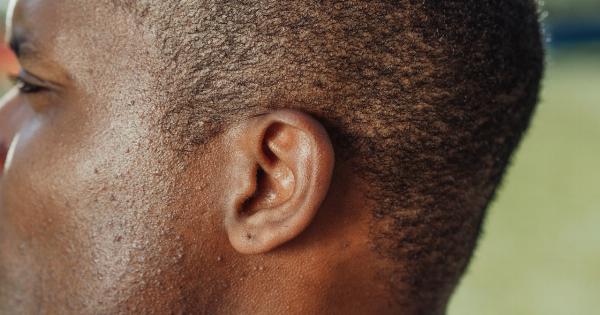Hearing loss is a common condition, affecting over 5% of the global population.
While age-related hearing loss is the most common type, there are a variety of other factors that can contribute to hearing loss, including genetics, environmental factors, and exposure to loud noises. In recent years, research has also shown that there may be a connection between protein “keys” and hearing loss. In this article, we’ll explore this connection and what it means for individuals with hearing loss.
The Role of Proteins in the Inner Ear
To understand the connection between protein “keys” and hearing loss, it’s important to understand the role that proteins play in the inner ear.
The inner ear is made up of tiny hair cells that are responsible for translating sound waves into electrical signals that can be processed by the brain. These hair cells are surrounded by a fluid-filled chamber, and as sound waves move through the chamber, they cause the hair cells to bend and create an electrical signal.
Proteins, specifically those known as ion channels, are critical to this process. Ion channels are proteins that control the flow of ions (such as calcium and potassium) into and out of cells.
In hair cells, ion channels are responsible for creating the electrical signals that are sent to the brain. The ion channels in hair cells are particularly sensitive, and even small changes in their function can have a significant impact on hearing.
The “Keys” to Protein Function
In order for ion channels to function properly, they require “keys” or activators that help them open and close.
These protein “keys” are typically small molecules (known as ligands) that bind to the ion channel and trigger its activity. There are a variety of different types of ion channels, each with its own unique set of “keys”. For example, some ion channels are activated by neurotransmitters, while others are activated by changes in voltage.
In the context of hearing, a specific type of ion channel known as the BK (big potassium) channel has been shown to have a particularly important role.
The BK channel is found in hair cells, and it plays a critical role in regulating the electrical signals that are sent to the brain. Research has shown that mutations in the gene that codes for the BK channel can lead to hearing loss.
The Connection Between Protein “Keys” and Hearing Loss
Recent research has revealed that certain small molecules, known as aminoglycosides, can interfere with the function of the BK channel.
Aminoglycosides are a class of antibiotics that are commonly used to treat bacterial infections, but they can also have toxic effects on the inner ear. When aminoglycosides enter the inner ear, they bind to the BK channel and prevent it from functioning properly, leading to damage to the hair cells and eventually hearing loss.
While aminoglycosides are known to be a risk factor for hearing loss, the exact mechanism behind their toxic effects on the inner ear is not fully understood. However, recent research has shed new light on this process.
In a study published in the journal Science, researchers identified a specific protein “key” that is involved in the interaction between aminoglycosides and the BK channel. The protein key, known as Annexin A1, is normally found in the outer hair cells of the inner ear and is critical for the normal functioning of the BK channel.
However, when aminoglycosides are present, they bind to Annexin A1 and prevent it from interacting with the BK channel, leading to hearing loss.
Implications for Hearing Loss Treatment
The discovery of the role of Annexin A1 in the toxic effects of aminoglycosides on the inner ear has important implications for the treatment of hearing loss.
While aminoglycosides are effective antibiotics, they can cause permanent damage to the inner ear, and there are currently no effective treatments for hearing loss caused by aminoglycosides.
However, researchers are now exploring the possibility of using Annexin A1 as a target for new treatments for hearing loss.
By developing drugs that specifically target Annexin A1, researchers may be able to prevent the toxic effects of aminoglycosides on the inner ear and potentially even reverse hearing loss caused by these antibiotics.
Conclusion
The connection between protein “keys” and hearing loss is still an emerging area of research, but recent discoveries have shed new light on the important role that ion channels and their activators play in the function of the inner ear.
While there are still many unanswered questions, these findings have important implications for the development of new treatments for hearing loss, particularly for individuals who have been exposed to aminoglycosides.





























